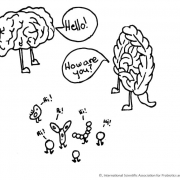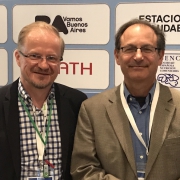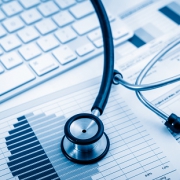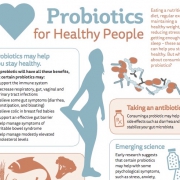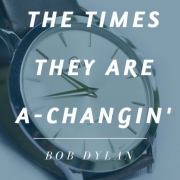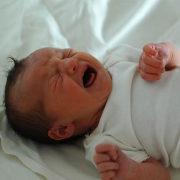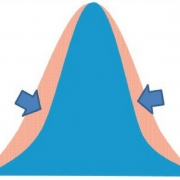Citizen scientists step up for a research project on women’s health
By Prof. Sarah Lebeer, Research Professor in Microbiology and Molecular Biology, Department of Bioscience Engineering, University of Antwerp, Belgium
Lactobacilli are a very important group of bacteria that live on the human body and in many other environments on Earth. They have been linked to human health for more than 100 years already, but mainly in the context of digestive health and dairy-based fermented foods. Knowledge about other habitats and applications of lactobacilli is lagging behind, and surprisingly, we know little about where lactobacilli come from in the life of an individual or even in the evolution of humans. Studying the genetic capabilities of lactobacilli and their interactions with the host will give us a clearer picture of how these bacteria help us stay healthy.
This knowledge gap inspired me to apply for a European Research Council (ERC) grant. Last year I was awarded with this prestigious grant, which provides funding to explore novel aspects about the ecology and evolutionary history of lactobacilli.
Lactobacilli are dominant colonizers of the human vagina, where they play a key role in women’s health. Among the lactobacilli, I consider the vaginal lactobacilli as ‘mother lactobacilli’. As you might have noticed from our recent reclassification of the Lactobacillus genus complex, the vaginal type strains Lactobacillus crispatus, Lactobacillus gasseri, Lactobacillus jensenii and Lactobacillus iners all belong to the Lactobacillus genus strictu sensu, because they are closely related to the first Lactobacillus species ever described: Lactobacillus delbrueckii subsp. bulgaricus, originating from yogurt. So, the study of vaginal lactobacilli could also be seen as a study on the basics of the genus Lactobacillus and what makes this group so important for human health.
At present, it is not well understood why lactobacilli dominate the human vagina under healthy conditions. Interestingly, this appears to be the case only in humans and not in other mammals. We speculate that it is because lactobacilli have beneficial functions and, when transmitted from mother to infant in early life, have a peculiar capacity to inhibit dangerous pathogens for our offspring, including group B streptococci, Enterobacteriaceae, fungi and various viruses. Lactobacilli also have interesting immune modulatory capacities. A rather unique feature in humans is the menstrual cycle and the estrogen-stimulated production of glycogen being a major sugar source for the lactobacilli in the vagina, resulting in high production of lactic acid, an excellent antimicrobial molecule against numerous pathogens. But the short answer is that we have no really clear answer to these fundamental questions of human biology.
Because the ERC funding allows us to be a bit more aspirational than in our usual research endeavors, we decided to address some of these questions by engaging women as citizen scientists. So we launched an ambitious citizen science project on vaginal lactobacilli and women’s health, named the Isala Project (see www.isala.be — it’s only in Dutch, but easily translatable with Google Translate 😊). The project is named after Isala Van Diest (1842-1916), the very first female physician in Belgium.
Our initial ambition was to ask 200 healthy women at different points in their menstrual cycle to provide vaginal swabs for microbiome sequencing and culture of lactobacilli. Our plan was to launch the call for volunteers on International Women’s Day (March 8, 2020), but COVID-19 made us revise our plans. We postponed our call until March 24, realizing that most women were at home during the lockdown. We assumed that since the national news was dominated by the SARS-CoV-2 virus, it was going to be difficult to reach out with traditional news channels. However, within two weeks, more than 5500 women registered for Isala on our website and we even had to restrict sign-ups!
We thought many women would still drop out if they found out they had to fill in an extensive questionnaire with intimate and lifestyle-related questions, but this was not the case. Almost 4700 women filled out the extensive questionnaire, demonstrating strong enthusiasm, commitment, and engagement. We decided to send a self-sampling kit to all the women who had filled in the entire questionnaire and supplied their postal address. Over the summer, we sent 4100 self-sampling kits, and of these, 80% of the women have already sent back their swabs to us. Our lab members are overjoyed with the citizen science enthusiasm!
Even though managing the logistics of the postal packages was a huge administrative challenge, we managed to keep everything straight. Thanks to an amazing team of dedicated and super-organized PhD students, lab techs, postdocs, master students, clinicians, bio-informaticians, statisticians, and communication partners, we can now say that we are around halfway through the project. We have been able to process all swabs that arrived to DNA extracts (for microbiome sequencing) and glycerol stocks (for the lactobacilli biobank and metabolomics later). Within the next months, these samples will be run on our MiSeq for 16S rRNA amplicon sequencing; the functional, genetic, and metabolomic characterization will of course take much more time. Making vaginal microbiome profiles for all these citizen scientists by next spring is now our priority, as we want to send all participants a personal update by then.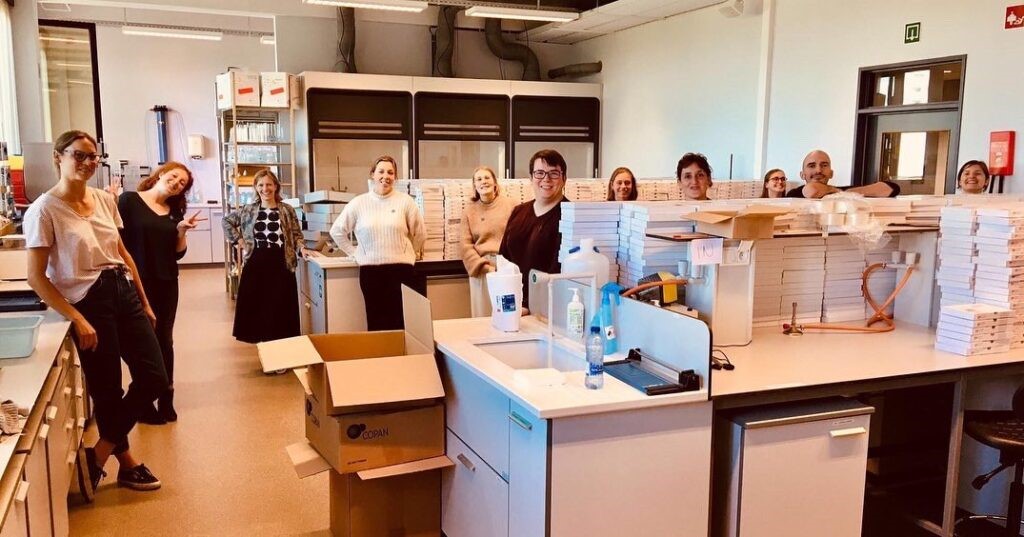
With this project, we are also changing up the traditional publication timeline: we are communicating about the process while not having all the results yet. We will inform the participants about their microbiome profiles before we submit or publish the related peer-reviewed manuscripts. This is because we want to actively communicate with our participants, opening discussions on the topic — and empowering women, without delay, to think about their vaginal health. We even have suggested conversation starters on our website and in the sampling boxes.
Time will tell whether these efforts will pay off for women’s health! Citizen Science can sometimes be surprising, but so far, we are very happy with the contact we’ve made with our committed and enthusiastic participants. We even have a hashtag, ‘#LetsSwab for the future’. I highly encourage my fellow scientists to consider organizing citizen science projects on topics related to the human microbiome, probiotics and prebiotics, because it is a unique way to get inspired and to do research on a large scale.


